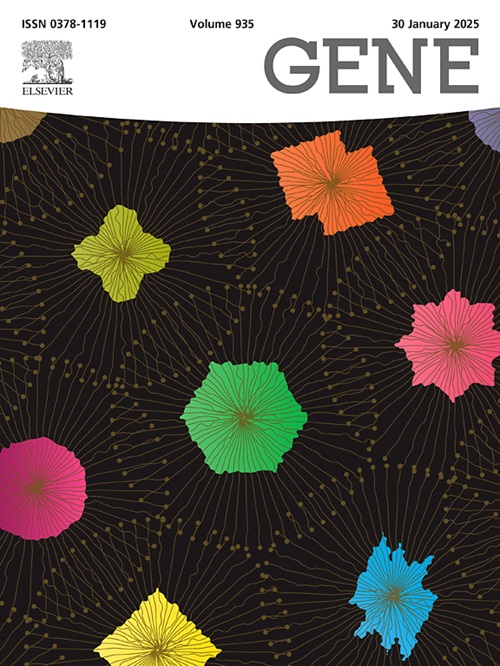直达心脏的变异--外显子测序中的心脏遗传学二次发现。
IF 2.6
3区 生物学
Q2 GENETICS & HEREDITY
引用次数: 0
摘要
背景:外显子组测序已成为基因诊断的基本工具。它还可以提供与主要目的无关的基因变异信息,即所谓的次要发现。特别是,对未被发现的先天性心脏病的诊断具有很高的临床意义,因为这关系到预防心脏性猝死的治疗方案:方法:分析了 9962 人的外显子组数据,以寻找相关的心脏遗传学发现。根据 ACMG 推荐的次要结果(v.3.1)选择基因。首先,使用 ClinVar 数据库中公布的(可能)致病变异筛选器。其次,筛选外显子组数据中的功能缺失(LoF)变异,因为LoF是一种已知的疾病病理机制。遗传学家对所有变异的致病性进行了评估:结果:在 136 个不同个体(136/9962,1.4%)中发现了致病或可能致病的变体,其中受影响最频繁的是低密度脂蛋白受体基因(LDLR,24/136,17.6%)和 Titin 基因(TTN,24/136,17.6%)。31.6%(43/136)的已发现变异基因事先已被报告,而 47.1%(64/136)的变异基因尚未被报告。其余病例(29/136,21.3%)属于没有书面报告的研究项目。如果只筛查指标病人,而不筛查他们的父母,那么有 26.5%(36/136 例)的三重 ES 患者会被漏诊:结论:我们的研究表明,一百个人中至少有一两个人可能携带致病性心脏基因变异体。遗传咨询师和临床医生需要了解外显子组和基因组测序的这些发现。在报告次要发现时,应事先征得患者的知情同意。本文章由计算机程序翻译,如有差异,请以英文原文为准。
Variants that get straight to your heart – Cardiogenetic secondary findings in exome sequencing
Background
Exome sequencing has been established as a fundamental tool in genetic diagnostics. It may also provide information about variants in genes unrelated to the primary purpose, so-called secondary findings. Especially, diagnoses of unnoticed inborn cardiac diseases are of high clinical relevance due to therapeutic options in context of prevention of sudden cardiac death.
Methods
Exome data of 9962 individuals was analysed for relevant cardiogenetic findings. Genes were selected according to ACMG recommendations for secondary findings (v.3.1). First, a filter for (likely) pathogenic variants, published in the ClinVar database, was used. Second, exome data was screened for loss of function (LoF) variants in genes in which LoF is a known disease pathomechanism. All variants were evaluated by geneticists regarding their pathogenicity.
Results
Pathogenic or likely pathogenic variants were identified in 136 different individuals (136/9962, 1.4%), with the Low-Density Lipoprotein Receptor gene (LDLR, 24/136, 17.6%) and the Titin gene (TTN, 24/136, 17.6%), being the most frequently affected ones. 31.6% (43/136) of the identified variants had been reported beforehand, while 47.1% (64/136) had not been reported. The remaining cases (29/136, 21.3%) were part of research projects with no written reports. In 26.5% (36/136), the finding would have been missed, if only index patients and not their parents had been screened for secondary findings in case of trio ES.
Conclusion
As demonstrated in our study, at least one or two out of one hundred people are likely to carry a pathogenic cardiogenetic variant. Counselling geneticist and clinicians need to be aware of these findings in exome and genome sequencing. Informed consent of the patient regarding the report of secondary findings should absolutely be obtained beforehand.
求助全文
通过发布文献求助,成功后即可免费获取论文全文。
去求助
来源期刊

Gene
生物-遗传学
CiteScore
6.10
自引率
2.90%
发文量
718
审稿时长
42 days
期刊介绍:
Gene publishes papers that focus on the regulation, expression, function and evolution of genes in all biological contexts, including all prokaryotic and eukaryotic organisms, as well as viruses.
 求助内容:
求助内容: 应助结果提醒方式:
应助结果提醒方式:


